Bulk Terebinth Gum for Export – Wholesale Shirazi Mastic Resin
ACPFOOD supplies bulk terebinth gum for export to global wholesale resin buyers, natural gum importers, and bulk mastic resin distributors. Known as Shirazi mastic, Cyprus turpentine, mastic tree gum, and Pistacia terebinthus resin, this aromatic natural gum is widely used in herbal medicine, pharmaceutical production, flavoring, and fragrance manufacturing. We offer consistent quality, bulk packaging, and international shipping for B2B clients, private label producers, and resin wholesalers seeking reliable long-term supply.
GENERAL DATA
Industries Which Use Terebinth Resin (Shirazi Mastic)
(From Pistacia terebinthus – also known as Terebinth Tree or Wild Pistachio)
🌿 What Is Terebinth Resin (Shirazi Mastic)?
Terebinth Resin is a natural aromatic gum obtained from the Pistacia terebinthus tree. It is similar to other mastic-like resins but has a stronger aroma, deep flavor, and broader traditional medicinal uses. It solidifies into glassy, amber-colored granules and is traditionally harvested in regions like Iran, Turkey, and the Eastern Mediterranean.
1. Pharmaceutical & Traditional Medicine Industry
This resin has been used in Persian, Greek, Turkish, and Middle Eastern medicine for centuries.
-
Digestive system support:
-
Treats gastritis, ulcers, bloating, and intestinal infections
-
-
Respiratory & chest care:
-
Used in syrups and herbal pastes for cough and bronchial conditions
-
-
Joint & wound care:
-
Used externally as an anti-inflammatory balm
-
Supports wound healing and prevents infection
-
-
Antimicrobial & antiseptic:
-
Chewed or taken as powder to fight oral and intestinal pathogens
-
✅ Found in natural capsules, tinctures, herbal chewing gums, and topical ointments.
2. Nutraceutical & Herbal Supplement Industry
-
Incorporated in:
-
Detox formulations
-
Anti-parasitic and gut-repair blends
-
Liver health and gallbladder support products
-
-
Chewing form is also used to:
-
Strengthen gums
-
Promote saliva production
-
Reduce harmful oral bacteria
-
✅ Often marketed alongside Chios mastic or Pistacia atlantica resin, but distinct in strength and profile.
3. Cosmetic & Personal Care Industry
Terebinth Resin is used in natural and herbal cosmetic products due to its anti-inflammatory and antimicrobial properties.
-
Used in:
-
Acne creams and skin balms
-
Scalp and hair strengthening oils
-
Herbal soaps, especially in Mediterranean traditions
-
Mouthwashes and herbal toothpastes
-
✅ Especially valuable in natural formulations with no synthetic preservatives.
Known for a warm, earthy, balsamic scent with subtle pine and resinous notes.
5. Food & Beverage Industry (Traditional/Regional Use)
-
Limited but notable use in:
-
Chewing gum production
-
Traditional sweets and herbal candies
-
Herbal teas and digestives
-
Not typically used as a mainstream food additive, but valued in ethnic and functional foods.
6. Artisan & Industrial Applications
-
Used as:
-
Natural adhesive in heritage crafts
-
Ingredient in eco-friendly varnishes and paints
-
Component in organic incense sticks or cones
-
Highly favored by natural product artisans and traditional craftspeople.
7. Academic & Scientific Research
Current research focuses on:
-
Antioxidant and antimicrobial potential
-
Gastroprotective and hepatoprotective effects
-
Comparison with mastic gum and wild pistachio resins for functional applications
✅ Summary of Key Applications:
| Industry | Applications & Product Types |
|---|---|
| Pharmaceutical & Herbal | Digestive support, wound balms, liver/gut remedies |
| Nutraceutical | Detox, gut healing, oral hygiene, parasite cleanses |
| Cosmetic & Personal Care | Acne creams, herbal soaps, scalp tonics |
| Aromatherapy & Wellness | Incense, pain relief oils, chest balms |
| Food & Beverage (Traditional) | Chewing gum, herbal sweets, digestive tea blends |
| Artisan/Industrial | Soap, varnish, incense, adhesives |
| Academic Research | Health effects, bioactivity studies, formulation tests |
🌱 Key Features:
-
100% wild-harvested natural resin
-
Aromatic, antimicrobial, and anti-inflammatory
-
Suitable for food, health, beauty, and artisan product lines
-
Highly valued in traditional medicine systems
Here’s a professional comparison table showing the key differences and similarities between:
-
Terebinth Resin (Shirazi Mastic) – from Pistacia terebinthus
-
Persian Turpentine Resin – from Pistacia atlantica
-
Wild Pistachio Oil (Baneh Oil) – from Pistacia atlantica, P. khinjuk, or P. mutica
🧾 Product Comparison Table: Wild Pistachio Resin & Oil Products
| Feature / Product | Terebinth Resin (Shirazi Mastic) | Persian Turpentine Resin | Wild Pistachio Oil (Baneh Oil) |
|---|---|---|---|
| Source Tree | Pistacia terebinthus | Pistacia atlantica | Pistacia atlantica, khinjuk, mutica |
| Product Type | Natural gum/resin | Aromatic gum/resin | Cold-pressed oil from seeds |
| Color & Texture | Amber-yellow, glassy granules | Pale yellow to light brown resin | Deep green oil, slightly viscous |
| Aroma/Flavor | Strong, earthy, balsamic | Mild, pine-like, resinous | Rich, nutty, slightly smoky |
| Main Uses | Medicinal, incense, cosmetics | Herbal medicine, balms, chewing gum | Culinary, medicinal, cosmetics |
| Traditional Medicinal Use | Digestive, anti-infective, chest balm | Liver/gallbladder, digestion, wound healing | Joint pain, heart health, skin nourishment |
| Modern Health Applications | Gut health, wound healing, oral care | Anti-parasitic, gut repair, anti-inflammatory | Antioxidant, cardiovascular, cholesterol-lowering |
| Cosmetic Industry Use | Herbal soaps, acne creams, scalp oils | Skin balms, mouthwash, anti-aging | Hair oil, anti-aging serum, moisturizers |
| Food Industry Use | Herbal sweets, chewing gum (limited) | Chewing gum, traditional candies | Traditional cooking, salad oil, functional food |
| Aromatherapy/Incense | Yes – used in incense & oil blends | Yes – incense & massage oil use | No scent use, but topical oil application |
| Scientific Research Focus | Antimicrobial, gastroprotective | Antioxidant, liver support, gut flora | Lipid profile, anti-inflammatory, skin repair |
| Form | Dried resin granules | Dried resin or soft gum | Bottled oil |
| Export Potential | Medium (traditional/ethnic markets) | High (alternative to mastic gum) | High (culinary & cosmetic demand) |
✅ Summary of Differences
-
Terebinth Resin: More aromatic and medicinal; strong traditional use in incense, healing balms, and respiratory remedies.
-
Persian Turpentine Resin: Milder but versatile, used in gut and liver health, natural gum, and herbal topicals.
-
Wild Pistachio Oil: A nutritious edible oil, often cold-pressed, rich in healthy fats, used in cooking, skin care, and heart health supplements.
🟢 Comparison: Terebinth Gum vs Persian Turpentine vs Khinjuk Resin
| Feature / Aspect | Terebinth Gum(Pistacia terebinthus L.) | Persian Turpentine(Pistacia atlantica Desf.) | Khinjuk Resin(Pistacia khinjuk Stocks) |
|---|---|---|---|
| Tree Species | Pistacia terebinthus L. (Terebinth tree) | Pistacia atlantica Desf. (Persian turpentine tree) | Pistacia khinjuk Stocks |
| Native Region | Mediterranean Basin, West Asia | Iran, Afghanistan, Middle East | Iran, Pakistan, Afghanistan |
| Main Resin Name | Terebinth, Cyprus Turpentine | Persian Turpentine, Saqez | Khinjuk Resin |
| Color & Appearance | Amber to yellow-brown, semi-hard, sticky gum | Pale yellow to greenish, softer, more aromatic | Pale brownish, semi-soft resin |
| Aroma Profile | Woody, earthy, slightly spicy | Strong pine-like, fresh balsamic scent | Mild pine-resinous scent |
| Major Uses | – Traditional medicine- Varnish & solvent base- Chewing gum (historically) | – Chewing gum base (like mastic)- Herbal medicine- Varnish and incense | – Traditional remedies- Industrial resin blends |
| Medicinal Uses | – Carminative- Expectorant- Wound healing | – Gastrointestinal aid- Antimicrobial- Wound care | – Less potent, but used for digestive and respiratory issues |
| Industrial Applications | – Varnishes- Paint solvents- Aromatic incense | – Chewing gum- Perfumery- Herbal pharmaceuticals | – Local varnishes- Medicinal mixtures in folk medicine |
| Commercial Availability | Less common; mostly collected in wild regions | More commercially traded; collected in Iran & Turkey | Regionally traded, lower export volume |
| Texture & Handling | Sticky, harder when aged | Softer and more pliable than terebinth gum | Softer, but may vary based on collection time |
| Traditional Names | Terpentin, Daghdaghan resin, Cyprus turpentine | Saqez, Baneh turpentine, Persian turpentine | Khinjuk resin, Khinjak, Sakht |
🗝️ Key Takeaways:
-
Terebinth gum is historically valued for industrial and therapeutic applications, especially in the Mediterranean.
-
Persian turpentine (P. atlantica) is the most commercially important, used in chewing gum, herbal remedies, and perfumery.
-
Khinjuk resin is the least potent and least aromatic, but still used locally in traditional medicine and resin blends.
HARVEST CALENDAR
Feb
Mar
Apr
May
Jun
Jul
Aug
Sep
Oct
Nov
Dec
Mastic tree gum wholesale, please contact us.
About Pistacia Terebinthus
Pistacia terebinthus gum or resin is taken from the branches and stems of shrubs of the pistachio family Anacardiaceae, which is a small shrub or tree, usually up to 3 meters high, but if grown well and taking cared of, in the garden its height reaches 14 meters.
This gum is transparent, white and very soft at first. But in the presence of air, it hardens quickly and turns yellow and opaque over time. The gum pieces of this small tree are oval, spherical or drop-shaped. This gum is fragrant, aromatic and almost sweet.
Pistacia terebinthus is a shrub with almost evergreen leaves that all parts of the plant smells like Terebinth gum. The leaves are slightly elongated, oval, and rhomboidal and grow crosswise without petioles. The flowers are red and very small and grow in clusters. The fruits are small, almost spherical, and sometimes oval and grow in clusters. These fruits have three parts: soft shell, hard shell, and core.
Its soft skin is usually red and under this skin, there is a hard and creamy shell that contains a small kernel. The taste of Shirazi Mastic fruit kernel is slightly bitter.
During the warm months of the year, small droplets are secreted out of the stems and branches of this tree and harden after a short time in the presence of air. For more production, locals make incisions in the trunk and branches of the tree, taking an average of 4 to 5 kilograms of resin from each tree.
The Pistacia terebinthus gum that is marketed is the shape of small hard teardrops in the size of a small lentil or pea, yellow, semi-transparent and slightly fragrant, and when chewed in the mouth, it softens and the aromatic taste is felt.
To order Mastic Gum, please contact us.
Pistacia Terebinthus Gum Chemical Constituents
Essential oils and about 90% of acids including Masticic Acid, Masticolic Acid, and Masticoresene.
Mastic Gum Temperament
At the end of the second degree of hot and dry.
To order Cyprus Turpentine resin, please contact us.
3. Boil it in water and drink it. It is useful for soothing cold coughs, stops bleeding from breasts, strengthens the liver, kidneys, stomach and intestines and stops diarrhea.
4. Mix 5 parts of Mastic with 1 part of Aloe resin and eat. It absorbs extra moisture from the brain and meninges layers and relieves cold headaches.
5. Boil it with Nutgrass (Cyperus rotundus L.) root and brush your teeth with it. Removes bad breath.
6. Boil it in water and after cooling, apply 2-3 drops in the ear three times a day. It opens the tumor inside the ear and remove the hearing impairment and the deafness caused by the ear tumor.
7. Boil Mastic gum in Sesame oil and drop it in the ear. Relieves ear congestion and treats hearing impairment and deafness.
8. Constant smelling of it eliminates OCD and melancholy over time.
9. Terebinth gum is tonic for the brain, heart, liver, intestine, kidney and is stomachic. The fruit oil of this tree is very strong and laxative.
10. Eating this gum makes the stomach smell good and cleans the trachea, causes belching, and it heals the fractured bone. It also cures cold headaches, cold catarrh, coughs, bloody sputum, contusions, and bruised limbs, indigestion, borborygmi, hiccups, visceral edema, and colic. Eating Terebinth gum with warm water removes the moisture of the stomach. Drinking its decoction is tonic for the stomach and intestines and helps to treat bloody phlegm and diarrhea. Eating this gum removes acnes and beautifies the complexion.
11. Eating Terebinth gum with Frankincense is a memory enhancer. It strengthens the digestion and is useful for ascites and nausea.
13. The paste prepared from some Terebinth gum and a little ether is useful for filling the cavities in the teeth. Terebinth gum decoction is useful for relaxing and straining muscles.
14. Sprinkling Terebinth gum powder reduce swelling and relieves the pain caused by wounds and broken bones.
15. Terebinth leaf poultice is useful for prolapse of the anus and prolapse of the uterus caused by cold mal-temperament.
16. Teeth brushing with the wood of Terebinth tree branches brightens teeth and strengthens teeth and gums.
17. If you boil the fruit, leaf and branch of Terebinth tree in water, then filter the water, and again boil the new fruit, leaf and branch in this decoction and repeat this procedure several times until a thick liquid is formed, drinking it is useful for bloody phlegm, intestinal ulcer and diarrhea, protrusion of the navel and uterine prolapse.
18. Drinking and rubbing Terebinth fruit oil strengthens the uterus, stomach, kidney and bladder. It improves uterine pain, uterine prolapse, stomach pain, kidney pain, bladder pain, hiccups and indigestion. Dripping Terebinth fruit oil in the ear relieves its pain.
To order Mastiha tears, please contact us.
Terebinth Gum Dose
Up to 3 grams.
Mastic Gum Side Effects
Mastic is harmful for bladder.
Terebinth Gum Modifiers
Gum Tragacanth, Gum Arabic, walnut kernel. Before consuming Terebinth gum, it is better to soak it overnight in grape vinegar. Then dry it and use it with Gum Tragacanth.
🧴 Nutrition Facts – Terebinth Gum (Shirazi Mastic)
Exudate from Pistacia terebinthus L.
Serving Size: 5 g (typical portion for chewing or herbal use)
Calories: ~18 kcal
| Nutrient | Amount per 5g | Per 100g |
|---|---|---|
| Total Fat | 0.5 g | 10.0 g |
| • Saturated Fat | 0.1 g | 2.0 g |
| • Monounsaturated Fat | 0.3 g | 6.5 g |
| • Polyunsaturated Fat | 0.1 g | 1.5 g |
| Cholesterol | 0 mg | 0 mg |
| Sodium | 1.2 mg | 24 mg |
| Total Carbohydrate | 3.6 g | 72.0 g |
| • Dietary Fiber | 1.4 g | 28.0 g |
| • Natural Sugars | ~0.2 g | ~4.0 g |
| Protein | 0.1 g | 2.0 g |
Functional & Phytochemical Profile (Per 100g):
| Compound | Approx. Content | Role |
|---|---|---|
| α-Pinene | 1.2–3% | Antiseptic, antimicrobial, anti-inflammatory |
| Triterpenes | Present | Antioxidant, wound-healing |
| Volatile Oils | ~1–2% | Aromatic, functional compounds |
| Resin Acids | Present | Soothing to GI tract |
| Polyphenols | Trace | Antioxidant |
🌿 Terebinth gum (Shirazi Mastic) is a traditional herbal chewing resin used for oral hygiene, gastrointestinal support, and breath freshening. It is valued for its bioactive content and distinctive aroma.
⚠️ For limited consumption or topical use. Not a conventional food item. Ensure purity before herbal or industrial application.
Percent Daily Values are based on a 2,000-calorie diet. Composition may vary depending on origin, harvest, and resin age.
To order Terebinth Turpentine, please contact us.

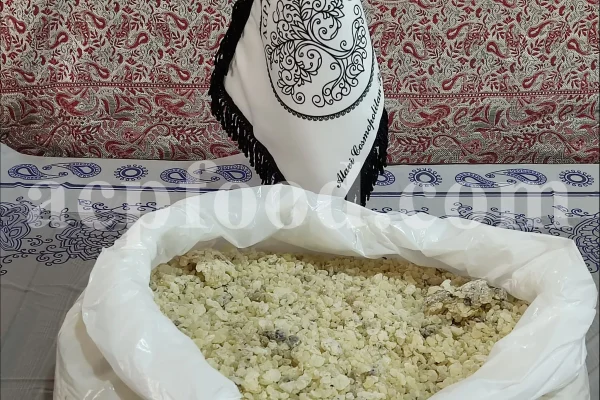

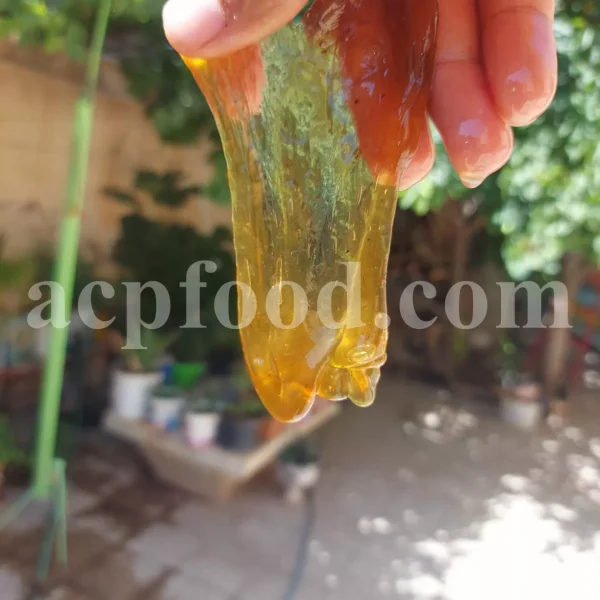
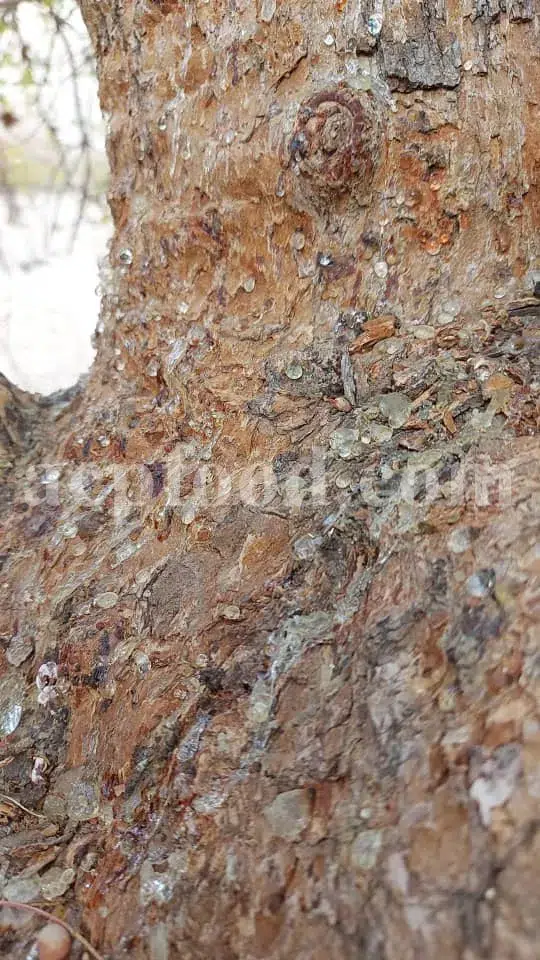
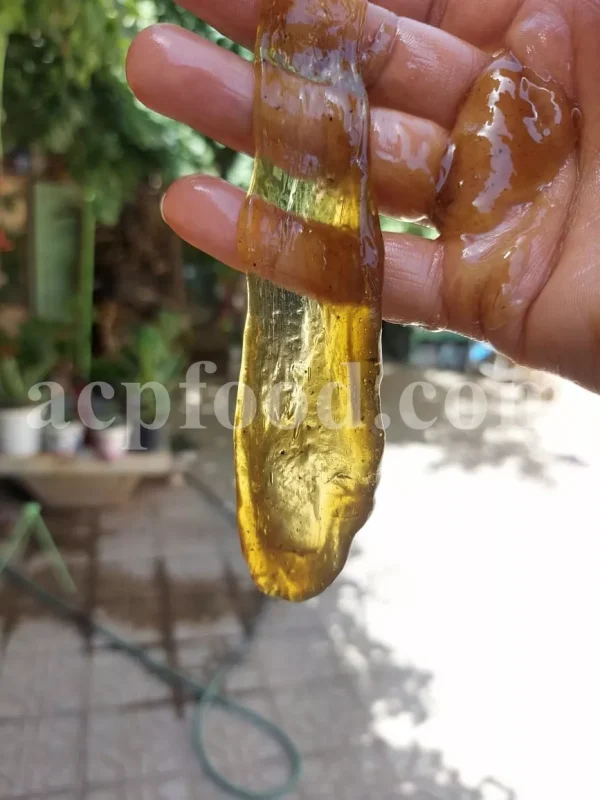
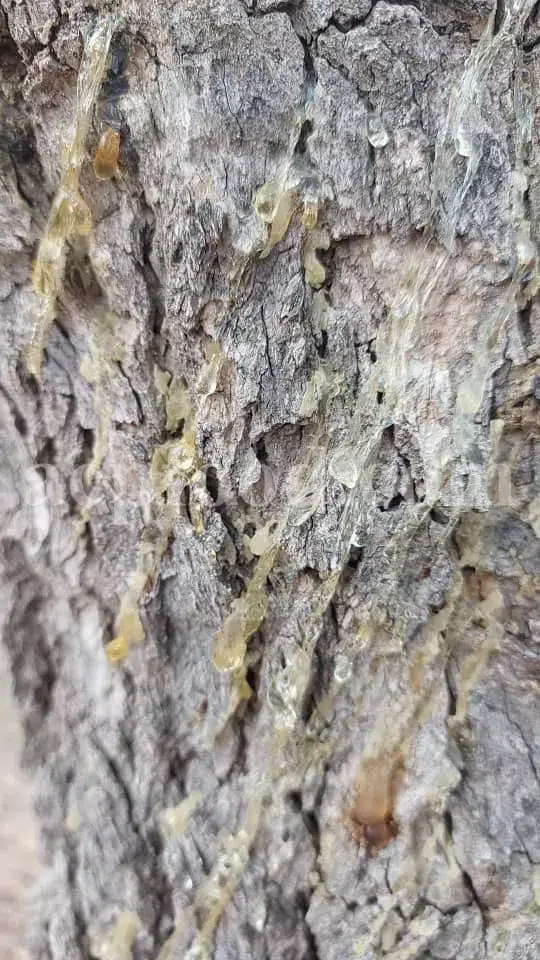
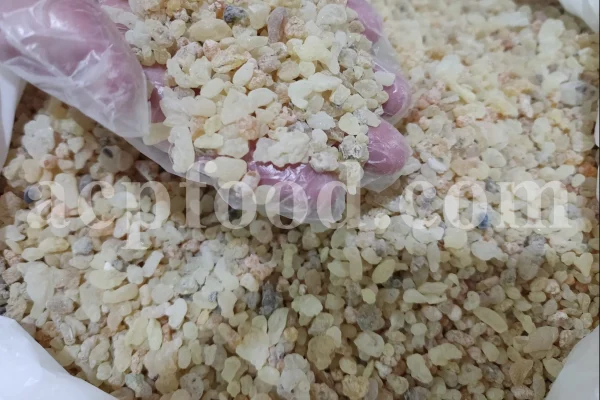
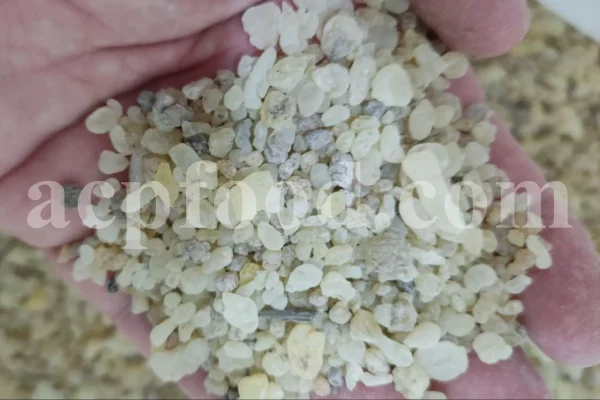
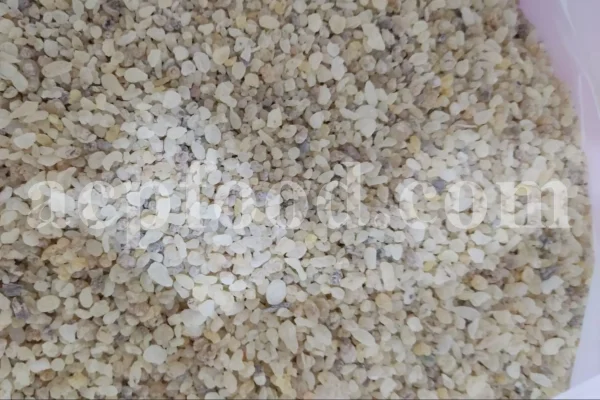
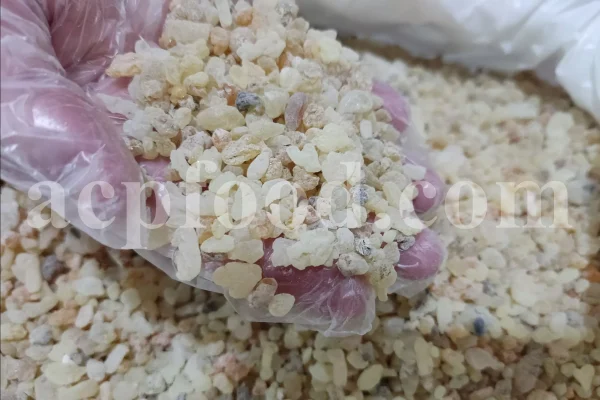
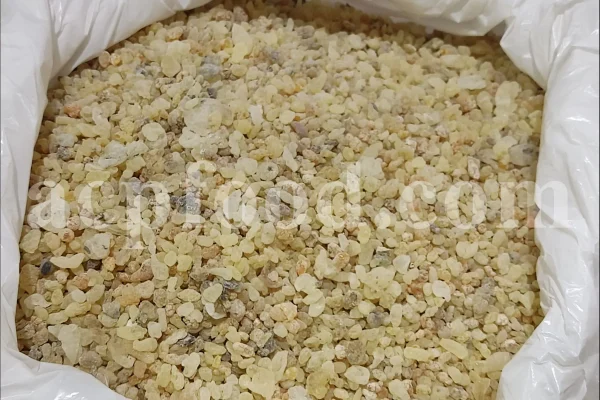


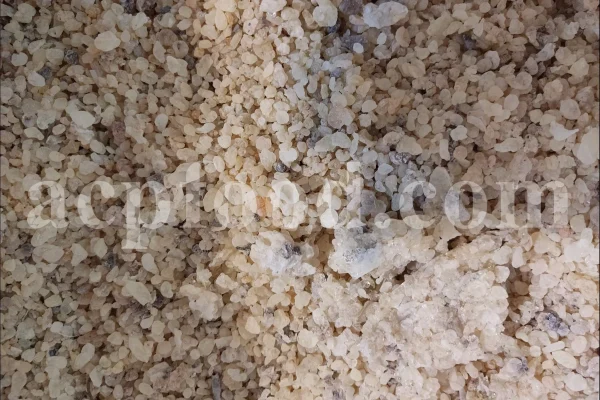
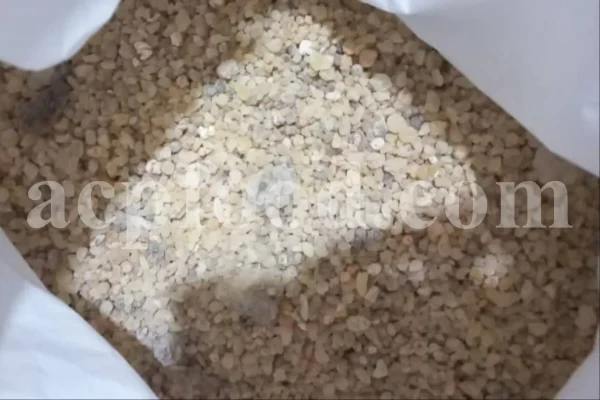
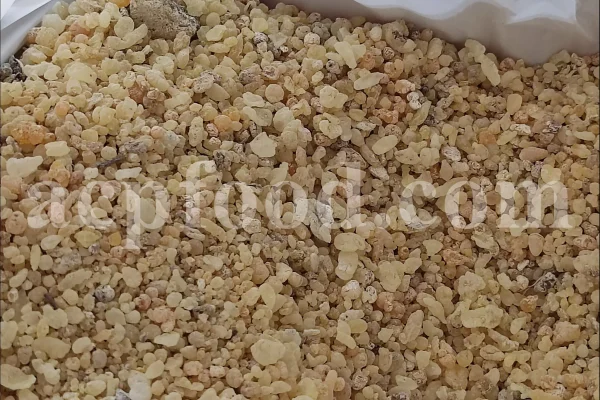
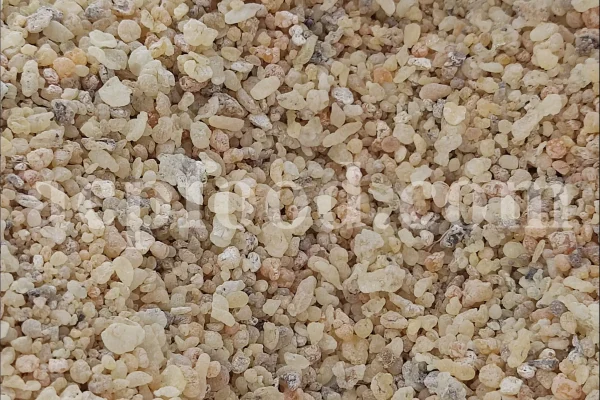



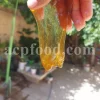



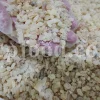
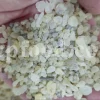

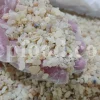
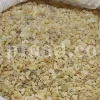


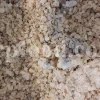
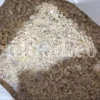
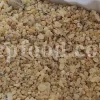
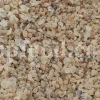
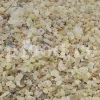

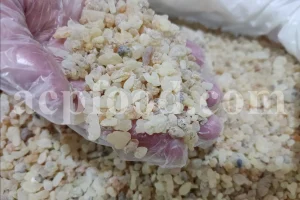
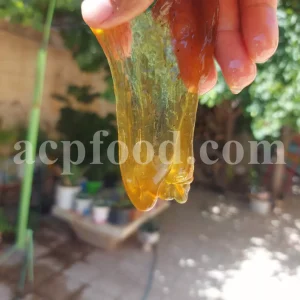
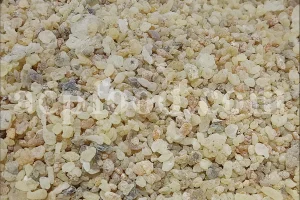
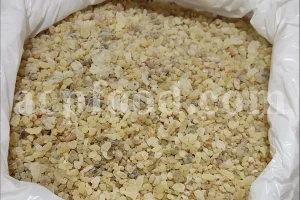
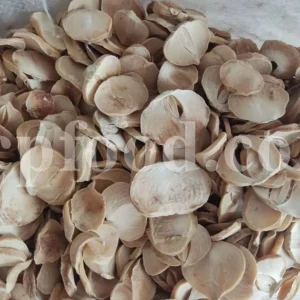
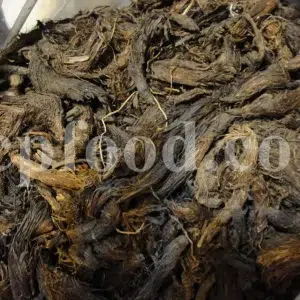

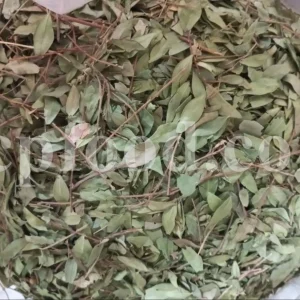
Reviews
There are no reviews yet.